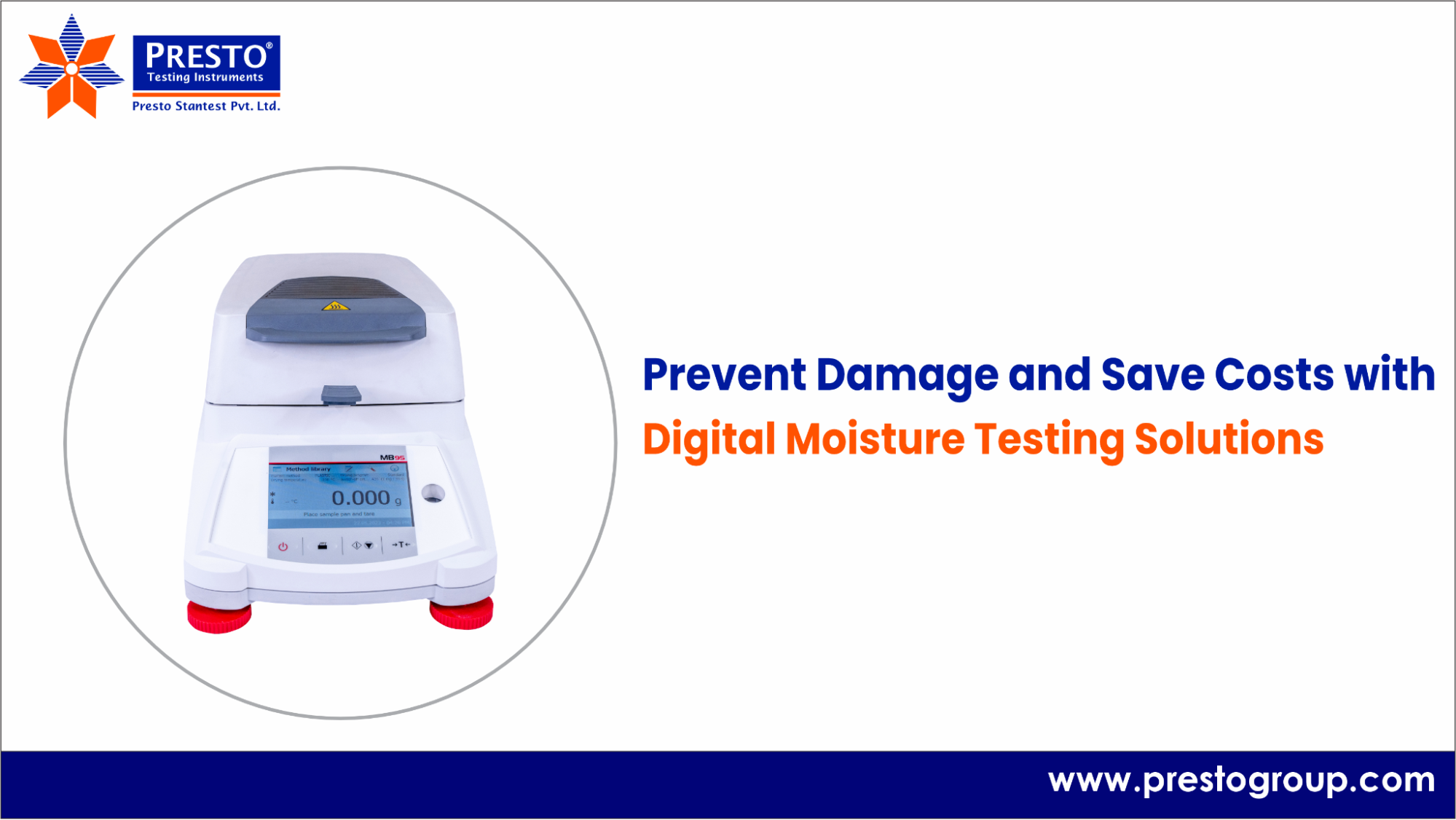

The strength of a product is very important in the global marketplace today. When metals and coated surfaces are subjected to hostile environments, particularly in plenty of corrosion-causing chlorides, the risk of corrosion always exists. Manufacturers and engineers need the results of standardized accelerated corrosion test methods to understand and claim long-term durability. The basis of the evaluation is the salt spray test method, with ASTM B117 being the most widely accepted reference standard in the world. This complete guide will summarize the important details of this important testing method, showing the "What," the "Who," and the "How" of using a salt spray chamber to test products under a salt spray chamber to ensure that you have durable products.
The ASTM B117 standard, or "Standard Practice for Operating Salt Spray (Fog) Apparatus," provides the approach for permitting and maintaining a controlled, corrosive environment for quantitative comparative purposes for the evaluation of relative corrosion resistance of metallic materials, with or without protective coatings. It is an accelerated salt spray procedure to simulate the effects of a salt-laden atmosphere environment (marine or coastal use) in a short period of time. The test functions by continuously exposing test specimens to a fine mist, or salt fog testing, within a specialized testing unit, often called a salt spray chamber machine.
The most important goals of the salt spray testing are not predicting the exact life expectancy of a coating in a natural environment-the conditions differ too much-but rather:
The key to success, and the reproducibility of results of the salt spray test method, is the strict adherence to the ASTM B117 parameters. Deviations from these parameters lead to inconsistent or meaningless outcomes.
You will note that B117 requires a Neutral Salt Spray solution, which is the most widely used.
The salt spray chamber has been specifically designed to be a consistent environment.
Achieving reliable results from an accelerated salt spray test requires vigilance and the establishment of best laboratory practices.
Calibration and upkeep of the salt spray chamber are essential to functioning of this complex equipment. Testing these reference control panels in conjunction with actual specimens ensures the salt spray chamber is functioning under a corrosive atmosphere within the expected range, providing an additional layer of quality control to the salt spray test method.
By following the ASTM B117 procedure and best practices exactly, the salt spray test can be a valuable tool for manufacturers to rigorously assess whether their products are built for condition and durability in natural corrosive environments.
Simply knowing the salt spray test methodology is the first step in ensuring high product quality. Whether your organization has its own salt spray test chamber, or you have contracted out the service as a professional service, the ASTM B117 standard will ensure your produced data is comparative and reproducible.
Get accurate ASTM B117 salt spray testing to validate material performance and coating reliability. Our team provides dependable support and advanced testing solutions for your quality needs. Connect with us for expert assistance and reliable equipment by calling +91 9210 903 903 or emailing [email protected] today.
Related Blogs

Gloss meter testing guide for paints: procedure, industry standards, and tips for understanding gloss evaluation results.

Vibration testing helps prevent failures in vehicles, appliances, and components by detecting defects early.

Protect your property and reduce costs with accurate digital moisture testing solutions.